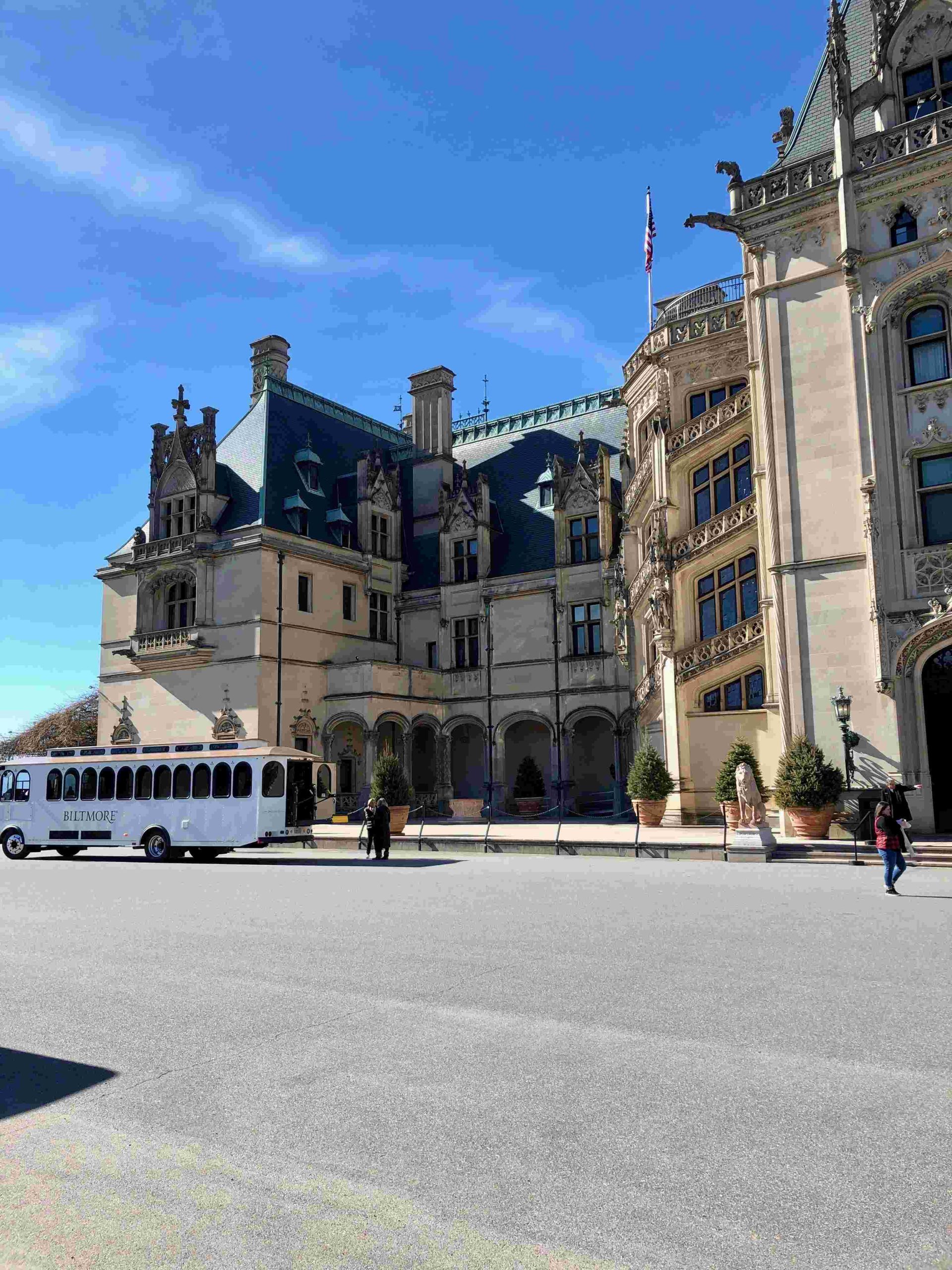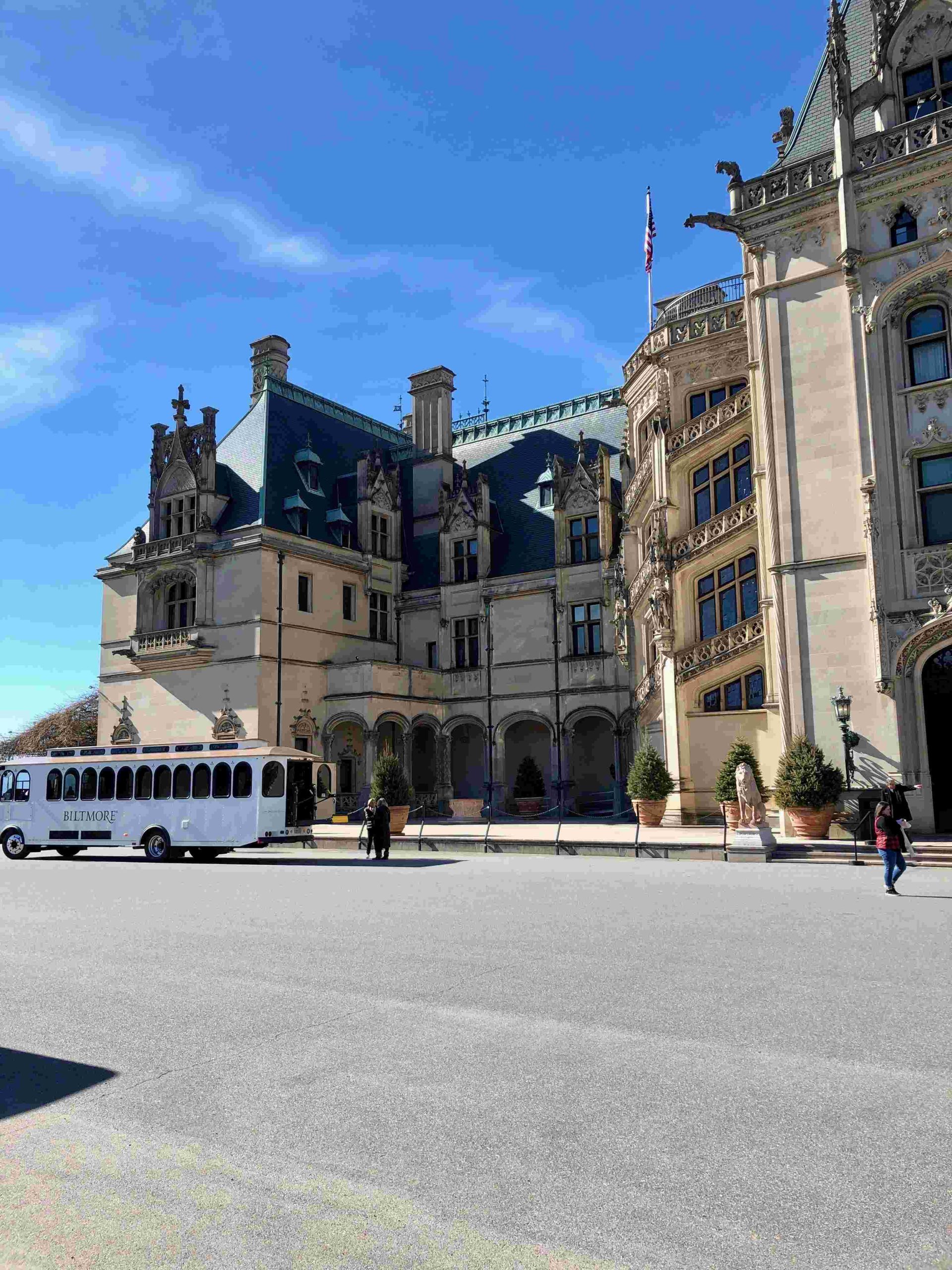Frederick Law Olmsted’s design for the Biltmore Estate is a crowning achievement in landscape architecture. Spanning 8,000 acres, the estate showcases Olmsted’s genius in blending formal gardens with natural landscapes. The design incorporates native plants, winding approach roads, and strategic water features to create a harmonious and immersive experience. Olmsted’s work at Biltmore, begun in 1888, represents his final and most ambitious project, setting new standards in estate planning and forest management.
What Are the Key Elements of Olmsted’s Design at Biltmore Estate?

Olmsted’s landscape design at Biltmore Estate is characterized by several distinctive features:
- Approach Road: A three-mile winding road that builds anticipation
- Native Plant Species: Extensive use of mountain laurels, rhododendrons, and azaleas
- Diverse Gardens: Six formal and informal gardens offering year-round beauty
- Water Features: Including Bass Pond and a reflective lagoon
- Conservatory and Arboretum: Showcasing exotic and native plant species
How Does the Approach Road Enhance the Visitor Experience?
The approach road to Biltmore Estate is a masterpiece of landscape design in itself:
- Length: 3 miles
- Design: Winding and secluded
- Purpose: Creates anticipation and a sense of journey
- Views: Prevents long vistas until the final reveal of the mansion
- Atmosphere: Mimics passing through a natural forest
This carefully crafted entrance sequence sets the stage for the grand reveal of the Biltmore mansion, making the arrival a memorable experience for visitors.
What Types of Gardens Can Be Found at Biltmore Estate?

Biltmore Estate features a variety of gardens, each with its own character and purpose:
- Spring Garden
- Azalea Garden
- Rose Garden
- Deer Park
- Formal gardens near the mansion
- Naturalistic areas further from the house
These gardens are designed to offer beauty across all four seasons, with carefully selected plant species ensuring continuous bloom and interest throughout the year.
How Are Native Plants Incorporated into the Landscape?
Olmsted placed a strong emphasis on using native plants in his design:
- Mountain Laurels: Provide evergreen structure and spring blooms
- Rhododendrons: Offer vibrant flowers and year-round foliage
- Native Azaleas: Create stunning spring displays
- Japanese Andromedas: Complement native species with similar aesthetics
This focus on native plants helps the estate blend seamlessly with the surrounding North Carolina landscape while providing a diverse and beautiful environment.
What Water Features Did Olmsted Include in His Design?
Water plays a crucial role in Olmsted’s landscape design at Biltmore:
| Water Feature | Description | Purpose |
|---|---|---|
| Bass Pond | Large pond | Recreation and scenery |
| Reflective Lagoon | Water body near mansion | Enhances mansion views |
| Two Reservoirs | Water storage | Ensure estate water supply |
These water features not only add to the aesthetic beauty of the estate but also serve practical purposes in water management and recreation.
How Has Olmsted’s Design Influenced Modern Landscape Architecture?
Olmsted’s work at Biltmore Estate has had a lasting impact on landscape architecture:
- Forest Management: Introduced the concept of a model forest
- Sustainable Design: Emphasized use of native plants and natural landscapes
- Visitor Experience: Pioneered the idea of a curated journey through the landscape
- Integration of Architecture and Nature: Seamlessly blended built structures with natural surroundings
- Four-Season Appeal: Designed landscapes to be beautiful year-round
His collaboration with foresters like Gifford Pinchot and Carl A. Schenck at Biltmore led to Western North Carolina being dubbed the \”Cradle of American Forestry.\”
What Can Visitors Expect When Touring Biltmore Estate Today?
Modern visitors to Biltmore Estate can experience Olmsted’s vision through various offerings:
- Guided Tours: Garden tours, house tours, and outdoor activities
- Accessibility: Wheelchair and stroller rentals available
- Seasonal Events: Flower displays, outdoor concerts, and special exhibitions
- Educational Programs: Learn about landscape architecture and estate history
- Dining and Shopping: On-site restaurants and gift shops
Ticket prices vary depending on the season and type of visit. It’s recommended to check the official Biltmore Estate website for current pricing and event schedules.
How Has Biltmore Estate Maintained Olmsted’s Vision Over Time?
Preserving Olmsted’s original design has been a priority for Biltmore Estate:
- Plant Substitutions: Non-invasive species used when necessary
- Ongoing Maintenance: Regular care to keep gardens healthy and vibrant
- Restoration Projects: Efforts to restore and maintain original features
- Adherence to Design Principles: New additions respect Olmsted’s original vision
- Documentation: Careful record-keeping of changes and maintenance
The estate’s team works diligently to ensure that the core of Olmsted’s design remains intact while adapting to modern needs and environmental challenges.
Olmsted’s work at Biltmore Estate stands as a testament to his genius in landscape architecture. It continues to inspire and delight visitors, offering a glimpse into the golden age of American estate design while providing valuable lessons for modern landscape architects and conservationists.
